In the global electronics market, countries have established stringent certification standards for electrical products regarding safety, electromagnetic compatibility (EMC), and energy efficiency. Among these, CE, UL, PSE, and CCC represent the four most prominent certification systems.
I. Power Adapters of CE Certification
The CE mark is the mandatory safety certification for the European Union, covering all electronic devices entering the European Economic Area (EEA). Chargers and power adapters must comply with the following core directives:
- Low Voltage Directive (LVD 2014/35/EU): Ensures electrical safety within rated voltage ranges (AC 50V-1000V or DC 75V-1500V), including insulation, thermal resistance, and fire protection.
- Electromagnetic Compatibility Directive (EMC 2014/30/EU): Limits electromagnetic interference (e.g., radiated emissions) generated by equipment while requiring products to demonstrate immunity to interference.
- Energy Efficiency Requirements: Compliance with the ErP Directive (EU 2019/1782) is mandatory, imposing specific limits on no-load power consumption and average efficiency for external power supplies (e.g., efficiency ≥85% when output power ≤49W).
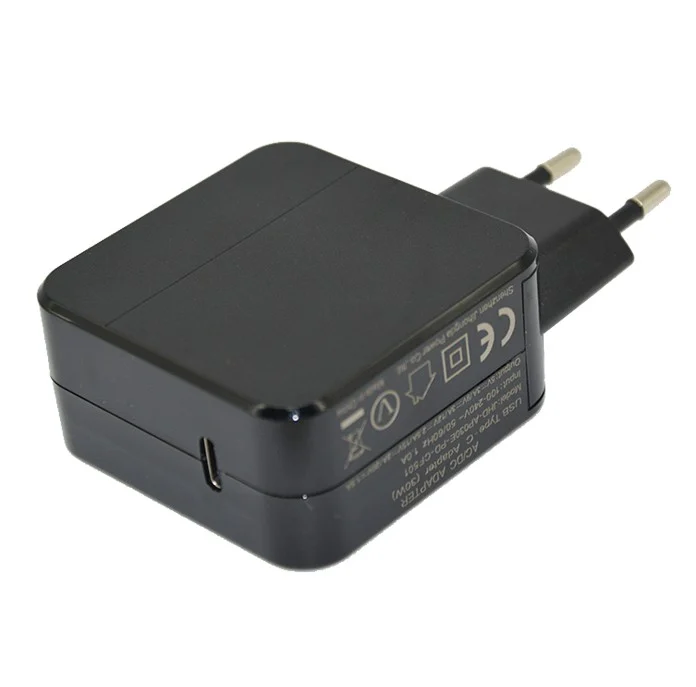
The certification process typically involves testing and reporting by EU Notified Bodies (e.g., TÜV, SGS). Manufacturers must sign a Declaration of Conformity (DoC) before affixing the CE mark.
II. Power Adapters of UL Certification
UL certification, issued by Underwriters Laboratories (UL), is voluntary but effectively mandatory in the North American market. Key standards include:
- UL 60950-1 (Safety of Information Technology Equipment) or UL 62368-1 (New Standard for Audio/Video and ICT Equipment): Requires products to pass abnormal operation tests (e.g., short circuit, overload), meet material flame retardancy ratings (e.g., V-0 rated plastics), and pass structural inspections (e.g., creepage distance ≥4mm).
- Energy Star: An additional certification for energy efficiency, such as Level VI efficiency requiring no-load power consumption ≤0.1W.
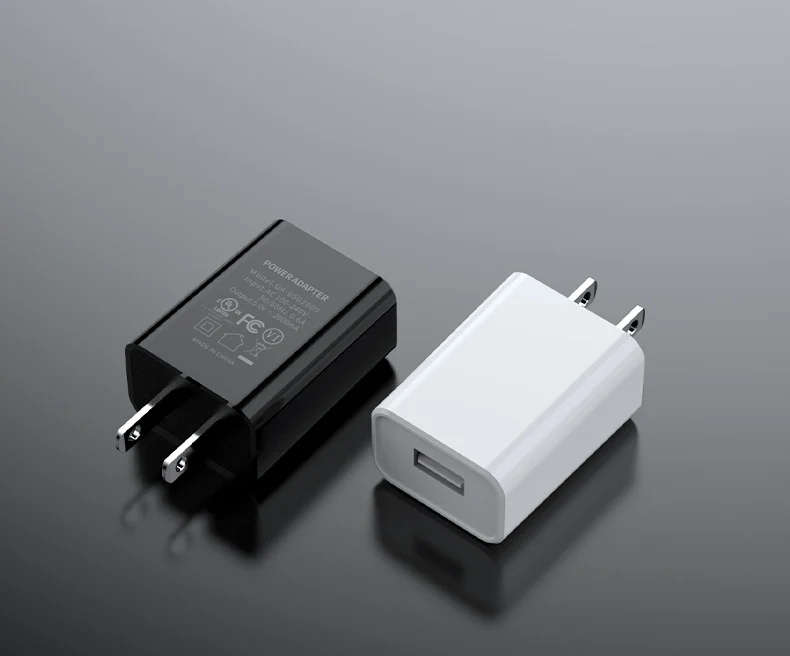
UL certification is divided into two types: Listed and Recognized. The former applies to finished products, while the latter applies to components. It is worth noting that the Canadian market also requires additional cUL certification (standards are similar to UL but with differences, such as more stringent temperature test conditions).
III. Power Adapters of PSE Certification
Japan's Electrical Appliance and Material Safety Law classifies chargers as either “specified electrical appliances” (diamond-shaped PSE) or “non-specified electrical appliances” (circular PSE), with the following distinctions:
- Diamond PSE: Applies to high-risk products like AC adapters, requiring testing by laboratories registered with Japan's Ministry of Economy, Trade and Industry (METI). Standards include J 62368 (corresponding to IEC 62368-1).
- Circular PSE: Covers low-voltage DC adapters, etc. Companies may self-declare compliance, but must retain test records for inspection.
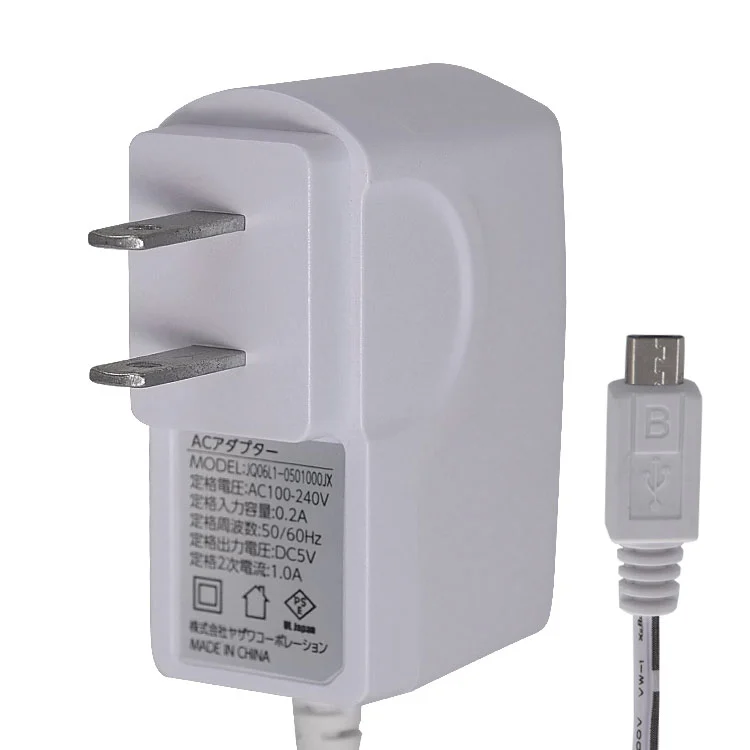
Key test items include: surge voltage testing (e.g., 2kV pulse), abnormal temperature testing (7 hours at 85°C ambient), and Japanese labeling requirements (must indicate rated input/output, manufacturer information, etc.).
Ⅳ. Power Adapters of CCC Certification
China Compulsory Certification (CCC) implements a catalog management system for power adapters based on standards GB 4943.1 (Safety) and GB 17625.1 (EMC). Core requirements include:
- Safety testing: Includes ball pressure test (plastic component deformation ≤2mm at 75°C) and dielectric strength test (3000V AC/1 minute without breakdown).
- Critical Component Control: Use of CCC-certified capacitors, transformers, and other components is mandatory.
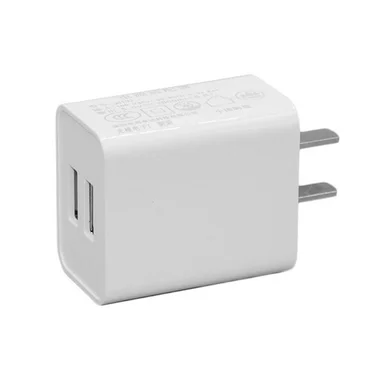
- Factory Audit: Initial applications require on-site production consistency inspection, with annual surveillance audits thereafter.
Ⅴ. Global Certification Comparison
1. Testing Differences Comparison:
- CE and CCC share similar EMC test items, but CCC adds harmonic current testing (GB 17625.1);
- UL imposes stricter flame-retardancy requirements for insulation materials than PSE;
- PSE's leakage current limit (0.25mA) is more stringent than CE's (0.75mA).
2. Cost Optimization Recommendations:
- Adopt a “single core, multiple certifications” approach during design, e.g., selecting transformers compliant with both UL/IEC standards;
- Leverage the CB Scheme (IECEE) for certification transfer to reduce duplicate testing (CCC accepts CB reports but requires supplementary tests for differences).
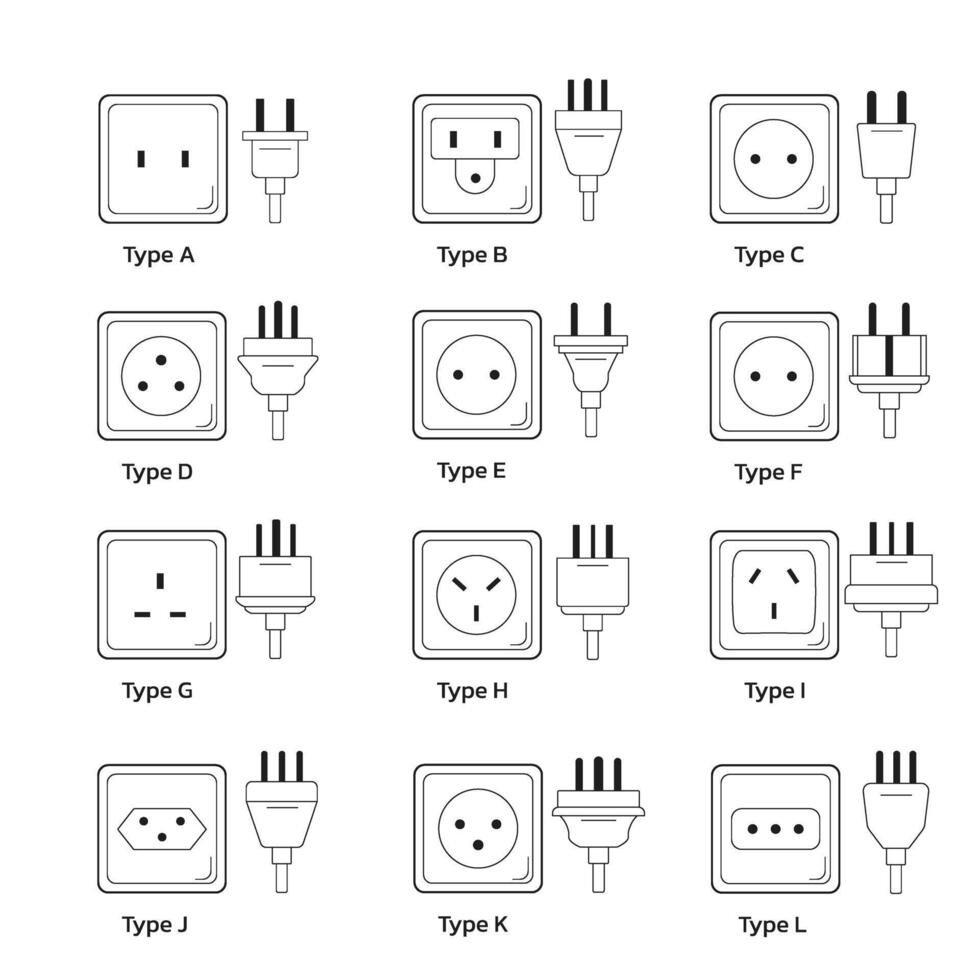
As global regulations tighten, enterprises must establish end-to-end compliance management systems, rigorously aligning design, procurement, and production with target market requirements.
As a professional manufacturer and wholesaler of charging adapters, Macable offers a wide range of power adapters that comply with international certification standards to meet the needs of global consumers. We are committed to providing efficient, safe, and environmentally-friendly charging solutions, offering users a smarter and more convenient charging experience.
